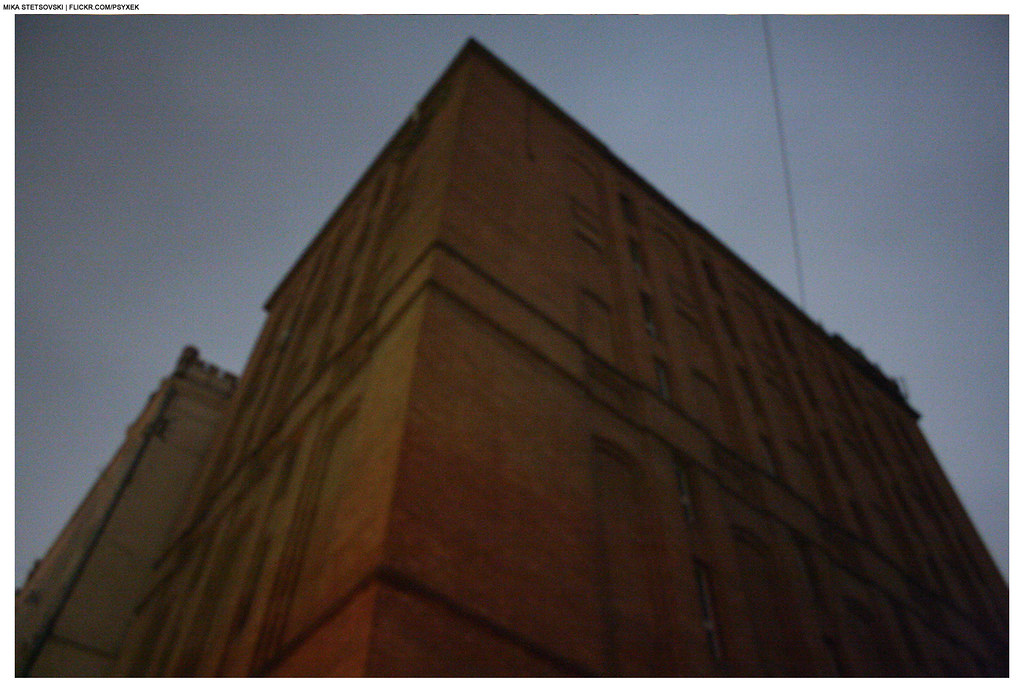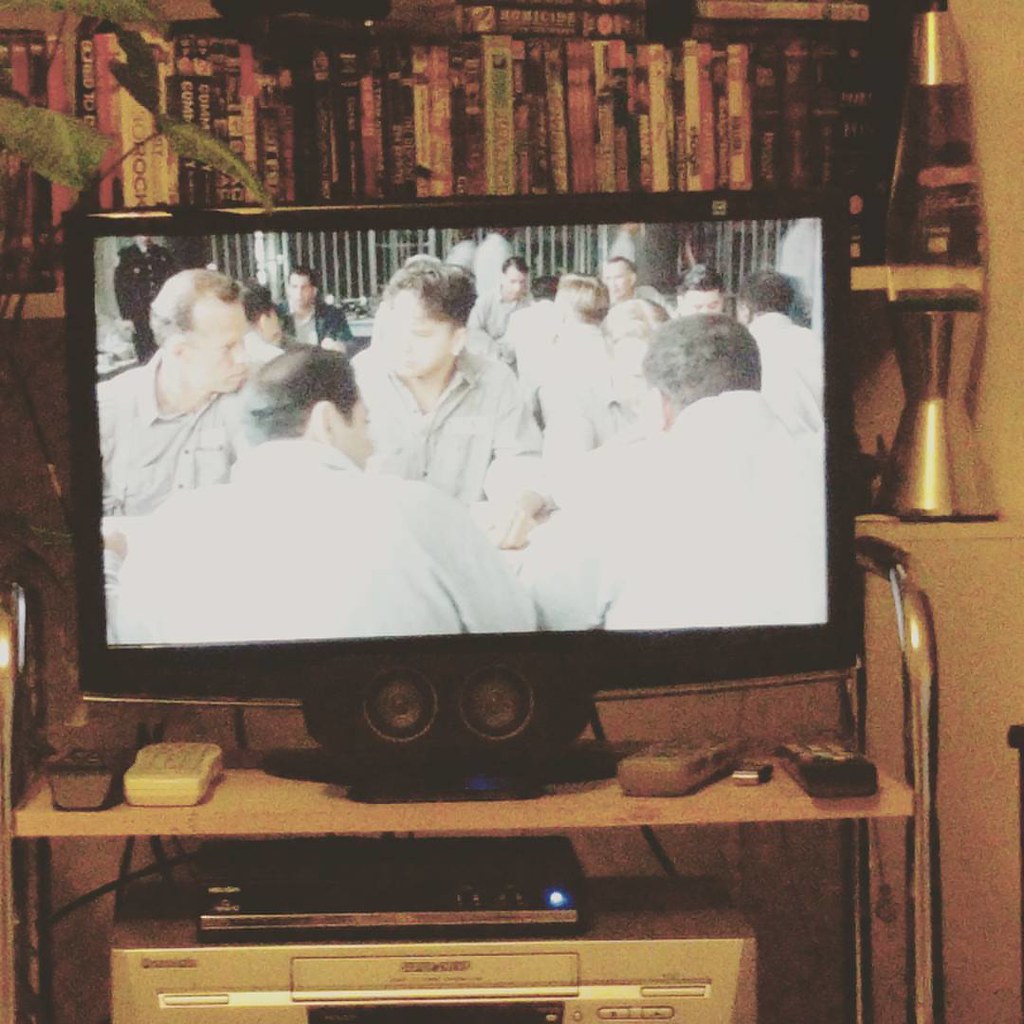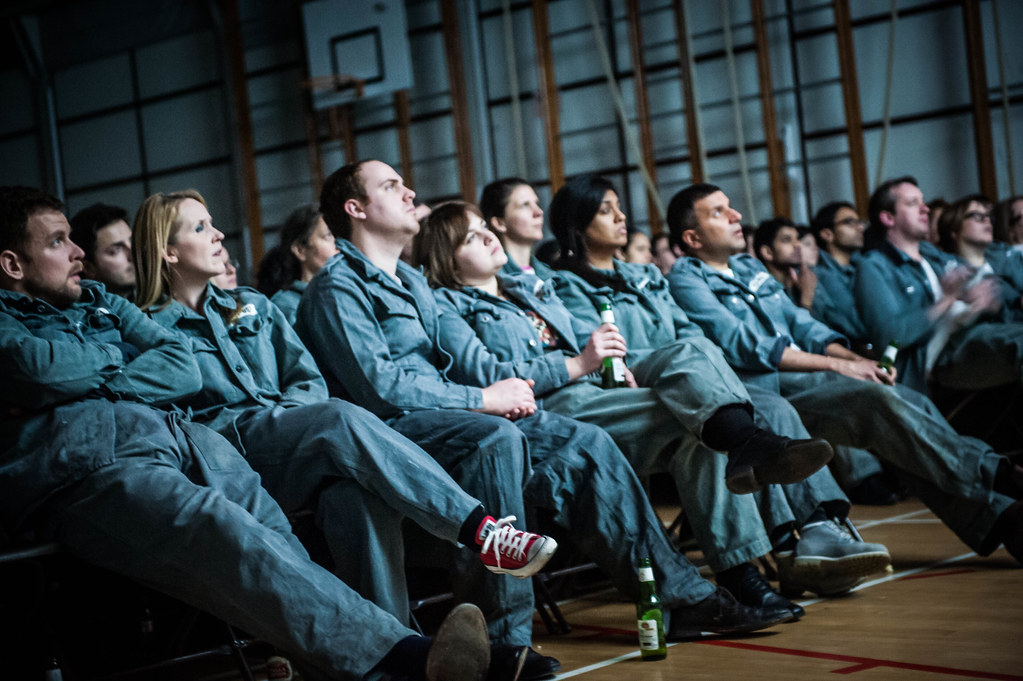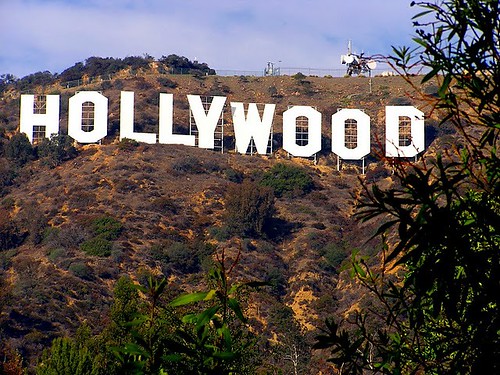
The Shawshank Redemption. The mere mention of it conjures images of enduring hope, unbreakable spirit, and the quiet triumph of the human will. It’s a film etched into the very fabric of cinematic history, widely hailed as one of the greatest ever made, a perennial favorite that audiences simply cannot turn off when discovered playing on television. Yet, for all its widespread adoration and critical acclaim, a subtle, deeply personal message often goes unnoticed by many: the film’s dedication ‘In memory of Allen Greene.’ This seemingly simple line, appearing just before the credits roll, holds a story far richer and more profound than most viewers ever realize, weaving itself into the very fabric of the movie’s remarkable journey to the screen.
For those of us who revel in the intricate tapestry of pop culture and the captivating narratives behind our beloved films, the question ‘Who is Allen Greene?’ immediately sparks a quest for understanding. It’s not just a name; it’s a testament to loyalty, belief, and the often-unseen forces that shape artistic masterpieces. This isn’t merely a dedicatory flourish but a heartfelt tribute to a real individual whose influence was absolutely foundational to the existence and success of *The Shawshank Redemption* as we know it today, a man without whom Darabont’s vision might never have seen the light of day.
Prepare to dive deep, as we peel back the layers of this cinematic gem, exploring the indispensable figure of Allen Greene and the profound reasons behind his immortalization within the film’s closing moments. We’ll also uncover a constellation of fascinating, often surprising, behind-the-scenes revelations that highlight the incredible odyssey of bringing Stephen King’s powerful novella to life. From bold artistic gambits to unexpected production quirks, each detail enriches our appreciation for a movie that continues to inspire and resonate across generations. Let’s uncover the stories that truly enhance the magic of Shawshank.

1. **The Man Behind the Dedication: Allen Greene, Agent Extraordinaire.** Behind every great film, there are countless unsung heroes, and in the case of *The Shawshank Redemption*, one such pivotal figure was Allen Greene. He was not just a professional acquaintance but a close personal friend and, crucially, the literary agent for Frank Darabont, the film’s writer and director. Greene’s influence extends far beyond a mere credit; he was a guiding force during the formative years of Darabont’s career in the film industry.
Greene’s role began in the 1980s, a crucial period when Darabont was primarily working in screenwriting. It was Greene who agreed to act as Darabont’s agent, diligently pitching his spec scripts to potential producers. This early belief in Darabont’s talent was foundational, providing the aspiring filmmaker with the representation and advocacy needed to navigate the notoriously challenging landscape of Hollywood. Without Greene’s persistent efforts and unwavering support during these foundational years, Darabont’s path, and consequently the trajectory of *The Shawshank Redemption*, could have been vastly different.
His guidance and support were, by many accounts, instrumental in shaping Darabont’s path in the film industry, helping him gain traction and build the momentum that would eventually lead to projects like *The Shawshank Redemption*. The relationship was clearly one of deep respect and gratitude, a bond forged in the trenches of early career struggles and triumphs that made Greene’s subsequent impact on Darabont’s magnum opus all the more significant.

2. **Securing the Dream: Greene’s Pivotal Role in Launching *Shawshank*.** While Darabont himself bought the film rights to Stephen King’s novella “Rita Hayworth and Shawshank Redemption” in 1987, the journey from acquisition to actual production is a long and arduous one. This is where Allen Greene’s strategic genius and unwavering commitment truly shone. He played a crucial, indispensable role in getting the movie from concept to reality, acting as a true catalyst for the project.
Specifically, Greene was instrumental in helping Darabont secure the directing gig at Castle Rock Entertainment. After Darabont had spent eight weeks writing the script five years after initially acquiring the rights, it was Greene who helped him navigate the studio system. He facilitated the deal that ultimately secured a substantial $25 million budget for *The Shawshank Redemption*, transforming a cherished script into a fully funded cinematic endeavor.
This wasn’t just another transaction; it was the decisive step that greenlit the production, marking the moment when Darabont’s long-held ambition began to materialize. Greene’s ability to broker such a critical deal underscores his prowess as an agent and his deep investment in Darabont’s vision, proving that the right advocate can turn dreams into tangible productions. His work here laid the very foundation upon which the beloved film would be built.

3. **A Tragic Farewell: Greene’s Untimely Death Before Release.** The dedication to Allen Greene carries a profound weight of sadness, stemming from the tragic fact that he passed away before he could witness the incredible success and enduring legacy of the film he so passionately helped bring to life. Allen Greene died due to complications from AIDS, a deeply personal loss for Darabont and a poignant footnote in the movie’s history.
His untimely departure occurred just before the movie’s release, or, as some accounts note, while the film was still in production. This timing means Greene never had the opportunity to see the final cut, to experience the critical acclaim, or to understand the immense cultural impact *The Shawshank Redemption* would eventually have. He never saw the project he championed fully realized, a heartbreaking detail that adds layers of bittersweet emotion to the dedication.
This sad truth transforms the dedication from a mere acknowledgment into a deeply moving tribute, a lament for a friend and collaborator lost too soon. It’s a powerful reminder of the fragility of life and the unfulfilled promise, making the gesture by Darabont all the more significant as a lasting memorial to Greene’s invaluable contribution.

4. **Beyond a Credit: Darabont’s Personal Gratitude and Legacy.** Frank Darabont’s dedication of *The Shawshank Redemption* to Allen Greene was far more than a customary gesture; it was a deeply personal expression of profound gratitude. Darabont explicitly states that he included the tribute to show his appreciation for Greene’s belief in him during the crucial early years of his career. It wasn’t about commemorating a character within the film, but about honoring the man whose faith made his career possible.
The dedication, appearing subtly at the end credits, ensures that Greene’s name is forever etched into the fabric of this cinematic masterpiece. It’s a quiet yet powerful acknowledgment that Darabont’s success, particularly with a project as monumental as *The Shawshank Redemption*, was not a solitary journey. It was built on the foundation of a trusted friendship and professional partnership, a testament to the people who believe in us before we’ve even proven ourselves.
This enduring tribute ensures that Greene’s legacy is intertwined with one of cinema’s greatest achievements, transforming a personal debt of gratitude into a permanent, public recognition. It’s a beautiful coda to a story about hope and perseverance, underscoring the vital role of mentorship and unwavering support in artistic endeavors.

5. **A Director’s Bold Bet: Frank Darabont’s Financial Sacrifice for His Vision.** Long before cameras rolled, Frank Darabont harbored a profound, almost spiritual, connection to Stephen King’s novella. He had personally reached out to King about adapting “Rita Hayworth And Shawshank Redemption” and meticulously crafted the script on spec, pouring his heart and soul into the feature project. This deep emotional investment instilled in him an unshakeable passion to be the director at the helm of his cinematic dream, a desire beautifully illustrated in his contract negotiations.
During discussions with Castle Rock Entertainment, Darabont was presented with an offer that would tempt most: $2.4 million to step aside and allow Rob Reiner, fresh off successful King adaptations like *Stand By Me* and *Misery*, to direct the film. It was a tempting sum, a clear path to financial security. However, Darabont’s commitment to his vision was absolute. He opted instead for a deal that saw him paid a significantly smaller $750,000, along with a percentage of future profits, all to retain his directorial control.
This audacious decision was, without question, a bold move – a high-stakes gamble on his own artistic integrity and capability. It was a choice that prioritized creative control over immediate financial gain, and in hindsight, it proved to be a masterful one. His steadfast belief in his own interpretation of King’s story ultimately cemented the film’s enduring quality and, of course, paid off immensely in the long run.
6. **The Road Not Taken: Rob Reiner’s Star-Studded Vision for Andy and Red.** It’s genuinely challenging to imagine anyone other than Tim Robbins and Morgan Freeman embodying the iconic roles of Andy Dufresne and Ellis “Red” Redding. Their performances are so deeply ingrained in our collective cinematic consciousness that they seem inseparable from the characters. Yet, as often happens in Hollywood, there were alternative visions, fascinating “coulda beens” that could have reshaped the film entirely.
Remarkably, director Rob Reiner, who had initially been considered for the directorial role, had a completely different star pairing in mind for the principal characters. According to the film’s Blu-ray commentary track, Reiner envisioned none other than Tom Cruise as Andy and Harrison Ford as Red. Imagine that for a moment – two of modernity’s elite stars, certainly capable of tremendous work, but with a presence and style that could have shifted the film’s entire dynamic.
While undoubtedly they would have delivered compelling performances, their presence could have profoundly altered the production’s profile, perhaps leaning into a more overtly commercial or action-oriented interpretation. The sheer weight of their stardom might have overshadowed the quiet, internal struggles that define Robbins’ and Freeman’s portrayals. It’s a compelling thought experiment, reminding us how casting decisions, often made through unforeseen circumstances, fundamentally shape the soul of a film.
7. **A Family Affair: The Unexpected Face in Red’s Mugshot.** Ellis “Red” Redding, as depicted in *The Shawshank Redemption*, is a man who has spent the vast majority of his adult life incarcerated within the titular prison. This extensive history posed a peculiar logistical challenge for the production team: how to depict Red’s original mugshot, a requirement for a scene early in the movie when his file is shown. After all, a young Morgan Freeman from decades past wasn’t readily available for a fresh photograph.
The crew devised a wonderfully clever and heartwarming solution that not only solved the practical problem but also added a subtle, familial touch to the film. Instead of attempting to artificially age down or doctor an image of the venerable actor, they turned to a closer, more convenient source. As revealed in the film’s director commentary, the mugshot used in the movie is actually a photo of Morgan Freeman’s son, Alfonso Freeman.
Alfonso Freeman, who was in his mid-30s when production was underway, posed for the shot, complete with a chalkboard around his neck, perfectly capturing the essence of a younger Red. This resourceful decision means that a piece of the Freeman family legacy is subtly woven into cinematic history, a charming detail that many viewers might never notice but one that speaks to the ingenuity and personal connections that often flourish behind the scenes of filmmaking. It’s a quiet testament to the collaborative spirit that made *Shawshank* so special.
8. **The ASPCA’s Strict Rules and Frank Darabont’s Frustration with Jake the Bird.**Filmmaking often involves navigating unexpected obstacles, and for *The Shawshank Redemption*, one such amusingly pedantic challenge arose during the scene where Brooks feeds his beloved baby bird, Jake. While the American Society for the Prevention of Cruelty to Animals (ASPCA) plays an undeniably vital role in ensuring the humane treatment of animals on film sets, their stipulations can, at times, veer into the comically meticulous, as director Frank Darabont discovered firsthand.
The particular point of contention centered around a simple waxworm. In the scene, Brooks is meant to feed this worm to Jake, nestled in his pocket. However, the ASPCA representative on set flatly refused to permit the use of a live waxworm. Darabont, ever the pragmatist, found himself grappling with a directive that defied common sense, struggling to comprehend why a natural act of feeding couldn’t be depicted as intended.
Ultimately, the production was only allowed to use a dead worm for the scene, one that had reportedly died of natural causes. This procedural demand, recounted by Darabont in his director’s commentary, highlights the often-surreal complexities that can arise even in the simplest of shots, adding a curious footnote to the production’s efforts to bring every detail to life, no matter how small.

9. **The Unseen Physical Toll: Shawshank’s Demanding Production.**Though *The Shawshank Redemption* is lauded for its emotional depth and character-driven narrative rather than high-octane action, the filmmaking process was anything but physically easy for its cast. The quiet intensity of prison life, it turns out, demanded a surprising amount of strenuous labor from the actors, leaving a lasting impression far beyond their performances.
Consider the memorable first meeting between Andy and Red in the prison yard. For this seemingly straightforward scene, Morgan Freeman spent a staggering nine hours continuously playing catch. Imagine the relentless strain on one’s arm and shoulder, repeating the same motion for the better part of a workday. It’s a testament to Freeman’s dedication that this physically taxing endeavor ultimately resulted in such a fluid and natural on-screen interaction.
Equally challenging was the infamous roof tarring sequence. Filmed on a scorching 110-degree summer day, the production opted for authentic, real tar. The intense heat caused the black, viscous substance to solidify between takes, transforming the actors’ mops into impossibly heavy, 200-pound implements. This grueling experience, detailed in Frank Darabont’s Blu-ray commentary, vividly illustrates the often-unseen physical commitment required to bring cinematic realism to the screen.
10. **The Odyssey of Red’s Voice Over: A Three-Week Retake.**Morgan Freeman’s voice-over narration in *The Shawshank Redemption* is nothing short of iconic, a silky, philosophical thread that weaves through the film, elevating its emotional resonance and providing essential exposition. It’s so seamlessly integrated that one might assume it was captured effortlessly, yet the reality behind its recording was a prolonged and unexpected ordeal.
Initially, Freeman recorded his narration during the principal photography, a practical measure to synchronize his voice with the on-screen action. By all accounts, this initial session was a triumph, completed in less than an hour, perfectly capturing the distinctive cadence and wisdom that would become synonymous with Red’s character. It was a seemingly perfect take, done with remarkable efficiency.
However, post-production brought an unforeseen setback. During the crucial sound editing phase, it was discovered that the original audio track contained an unmanageable tape hiss, an ambient imperfection that the sound team simply could not eliminate. This meant the entire, previously perfect, narration was unusable, forcing a complete re-recording.
Consequently, Morgan Freeman had to be brought back into the studio for an extensive re-recording session. What had once taken less than an hour now stretched into a painstaking three-week process to meticulously capture and perfect every line of his unforgettable narration. This arduous retake underscores the incredible attention to detail and perseverance that shaped one of the film’s most beloved elements, transforming a technical glitch into a testament to cinematic perfection.
11. **Goodfellas’ Lingering Influence: Crafting Shawshank’s Narrative Voice.**When it comes to the masterful use of voice-over narration in cinema, *The Shawshank Redemption* stands as a paramount example, effortlessly guiding viewers through the labyrinthine world of prison life and the inner thoughts of its characters. This isn’t accidental, as director Frank Darabont openly credits a seminal work of a filmmaking titan as his primary inspiration for the film’s distinct narrative approach.
Indeed, Darabont revealed on the movie’s commentary track that Martin Scorsese’s legendary gangster epic, *Goodfellas*, served as a profound creative touchstone. Scorsese’s film, itself a benchmark for its compelling and often witty narration, was not merely admired by Darabont; it was meticulously studied, watched repeatedly during the developmental and production phases of his first feature-length adaptation of a Stephen King story.
The influence is palpable. Like *Goodfellas*, *Shawshank* employs its narration not as a mere expository crutch, but as an integral character unto itself, providing layers of insight, emotional depth, and often humorous observations that ground the story and connect the audience directly to Red’s perspective. This thoughtful emulation of one of cinema’s best examples helped elevate *The Shawshank Redemption*’s storytelling, proving that even the most original artistic voices draw strength from the masterpieces that came before.

12. **The Case of the Dying Ambulance: Resourcefulness on a Budget.**Filmmaking, especially without a blockbuster budget, often becomes a masterclass in problem-solving and improvisation. *The Shawshank Redemption*, while now a revered classic, certainly wasn’t a mega-budget spectacle, and this reality led to some creatively ingenious solutions, such as the unexpected plight of the ambulance in a pivotal scene.
In the sequence where Bogs, severely beaten by Captain Hadley, is wheeled out of Shawshank Prison, an ambulance is meant to transport him away. However, mid-shoot, the rented vehicle decided to stage its own dramatic exit by dying on set. With budgetary constraints precluding the immediate acquisition of a replacement, the crew faced a very real logistical challenge.
Rather than halt production or attempt a costly workaround, the filmmakers embraced a low-tech, high-ingenuity solution. As revealed in the Blu-ray special features, a small group of dedicated crew members simply got behind the broken-down ambulance and pushed it past the camera. The result? A perfectly executed shot that, to the unsuspecting viewer, appears entirely seamless, a testament to the crew’s resourcefulness and the magic of filmmaking that often hides the struggles behind the scenes.

13. **Brooks’ Tragic ‘Freedom’: The Ironic Truth of the Halfway House.**The poignant storyline of Brooks Hatlen, the elderly librarian institutionalized by decades of prison life, provides some of *The Shawshank Redemption’s* most heartbreaking moments. His release on parole is meant to be a step towards freedom, but for Brooks, it’s a terrifying plunge into an alien world. The scenes depicting his struggle in the halfway house are deeply moving, yet they hold a subtle, ironic truth about the film’s geography.
Viewers are led to believe that Brooks’ post-prison existence takes him to a distinct, off-site location, emphasizing his displacement and inability to adapt to the outside world. However, the reality of the filming location adds a layer of tragic irony to his story. As it turns out, the room in the halfway house where Brooks ultimately meets his tragic end was not a separate building at all.
In a surprising revelation, that very room was merely an office located within the Ohio State Reformatory – the same imposing, authentic prison where the vast majority of *The Shawshank Redemption* was shot. This detail, known only to those privy to the production’s secrets, subtly reinforces Brooks’ profound institutionalization: even in his supposed freedom, he never truly left the physical confines of Shawshank, a haunting metaphor for his inability to escape the mental prison forged by decades behind bars.
14. **The Unscripted Reunion: How Andy and Red’s Zihuatanejo Scene Came to Be.**The iconic final scene of *The Shawshank Redemption*, featuring the sun-drenched reunion of Andy Dufresne and Red on a beach in Zihuatanejo, Mexico, is widely regarded as one of the most satisfying and emotionally resonant conclusions in cinematic history. It’s a perfect visual embodiment of hope, freedom, and enduring friendship, yet this beloved coda was not, surprisingly, part of Stephen King’s original novella, nor was it initially intended for the film.
King’s source material, “Rita Hayworth and Shawshank Redemption,” concludes with a more open-ended, ambiguous resolution, leaving Red’s journey to find Andy as a matter of hopeful speculation rather than concrete depiction. Frank Darabont, in his initial adaptation, leaned towards maintaining this ambiguity, believing it honored the novella’s tone and left a powerful sense of unfulfilled possibility.
However, the creative minds at Castle Rock Entertainment had a different vision. As documented in the Blu-ray featurettes, they strongly urged Darabont to film a reunion scene, even if he ultimately chose not to include it in the final cut. Darabont, amenable to exploring the possibility, agreed to shoot the sequence, giving himself the option.
It was only after filming that pivotal beach scene that Darabont made the decisive choice. Witnessing the powerful, cathartic culmination of Andy and Red’s story on screen, he recognized its undeniable impact. He concluded that this visually definitive reunion was, in fact, the proper and most emotionally impactful ending for his cinematic masterpiece, providing audiences with the hopeful closure they craved and cementing the film’s status as a timeless tale of perseverance and connection.
And there you have it – a deeper journey into the incredible fabric that makes *The Shawshank Redemption* such an enduring, cherished masterpiece. From the meticulous attention to detail on set to the profound personal tributes and the creative decisions that shaped its narrative, every element contributes to its unique magic. It’s a film that continues to speak to the human spirit, reminding us that even in the darkest of places, hope can indeed be a very good thing, maybe the best of things, and no good thing ever dies. Now go rewatch it, and pay attention to these subtle layers that make it truly shine.









